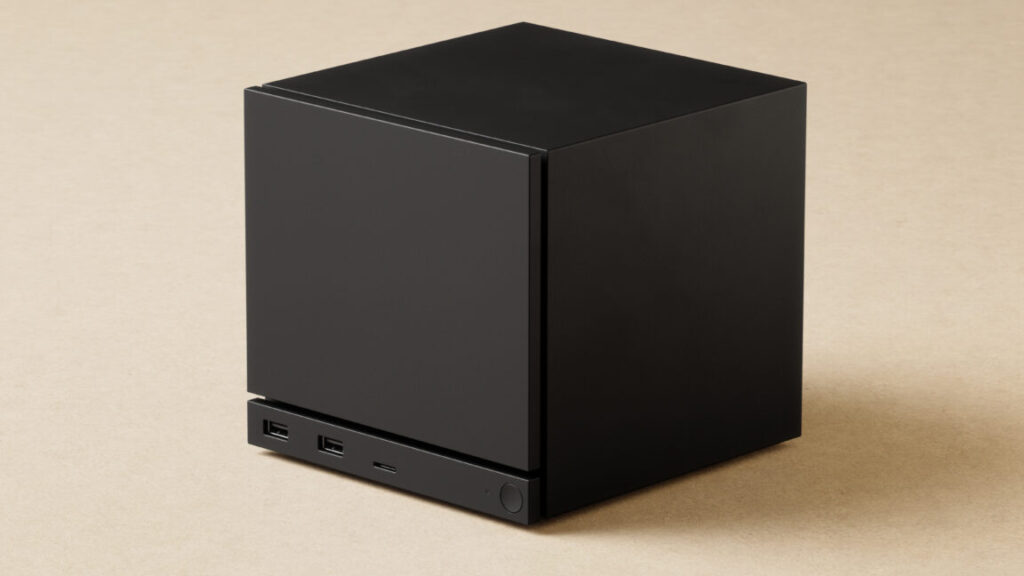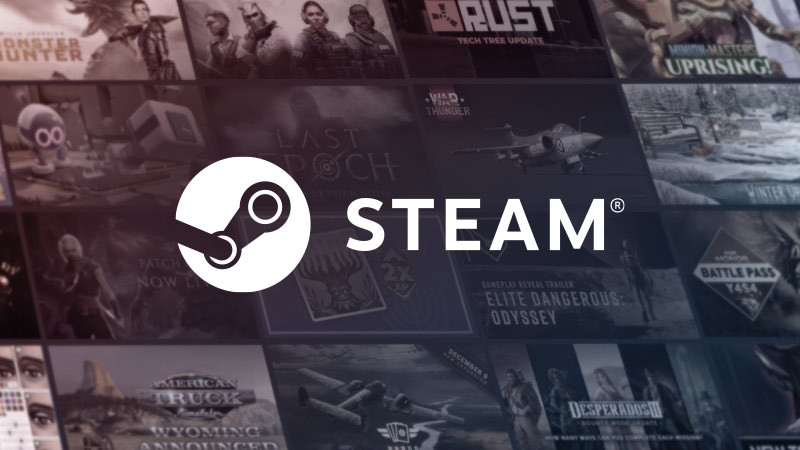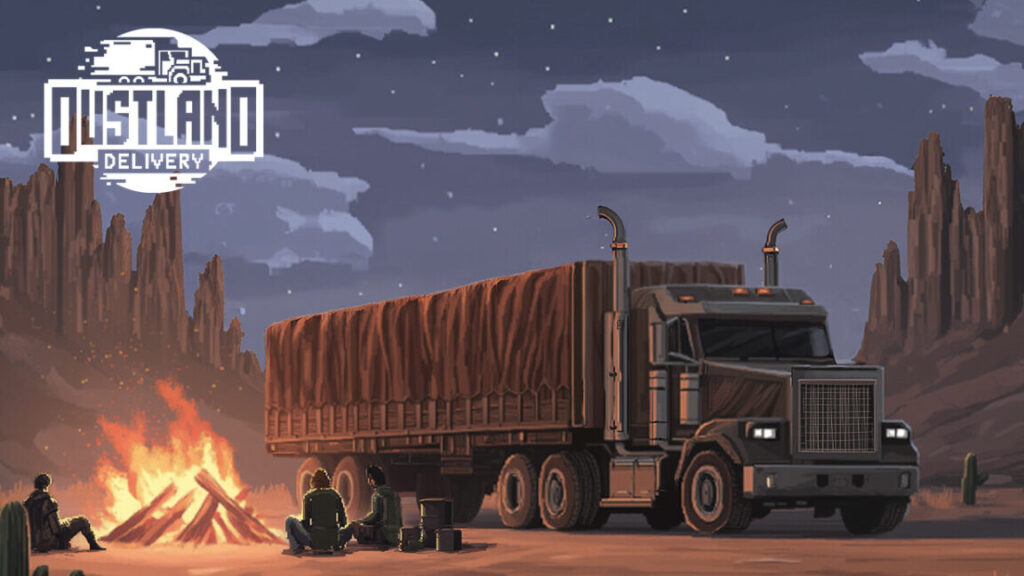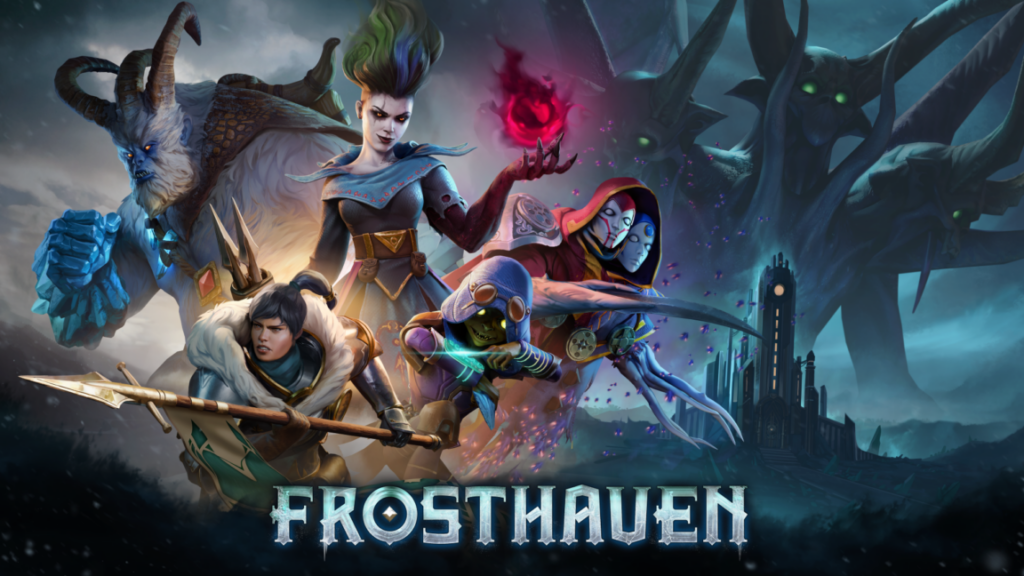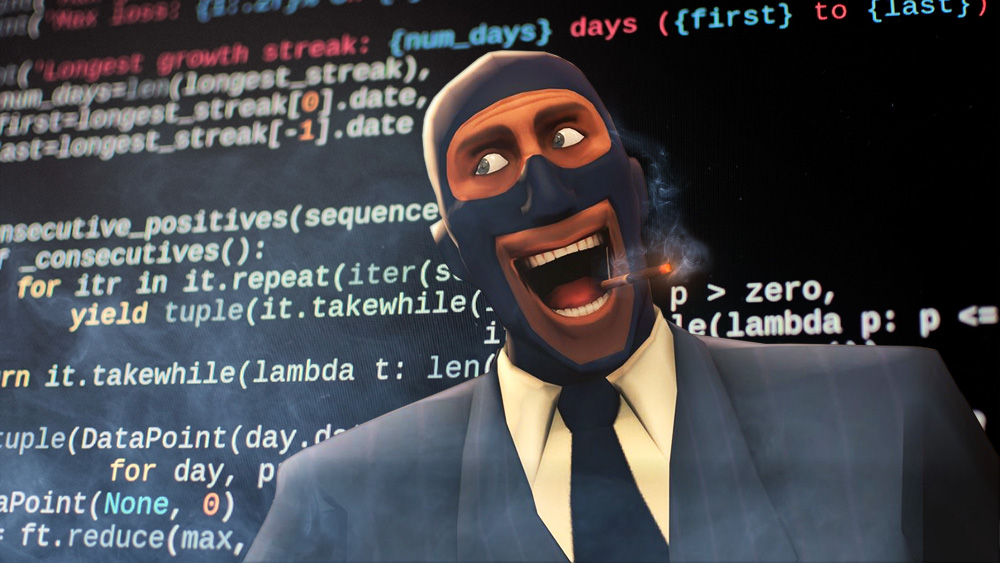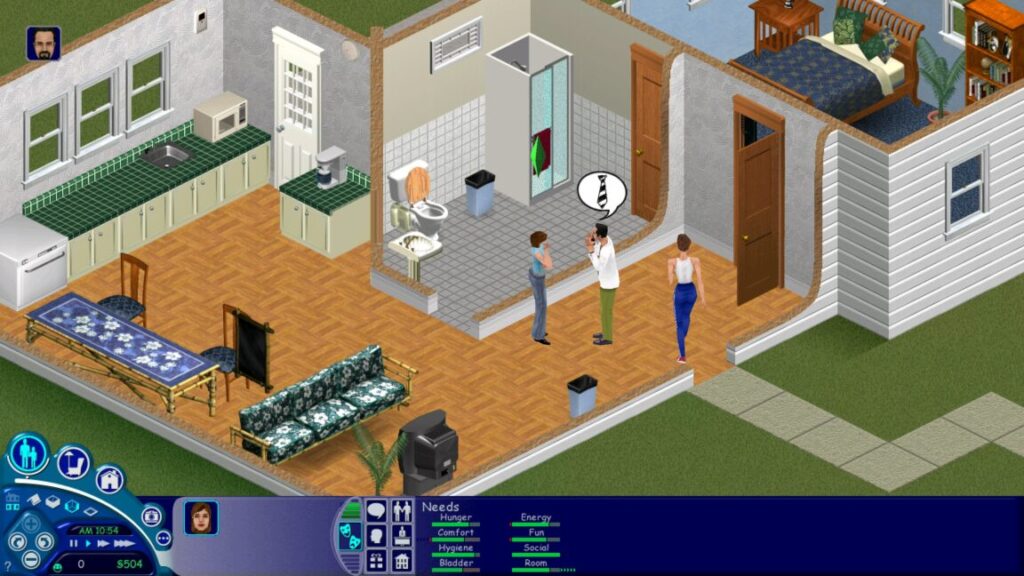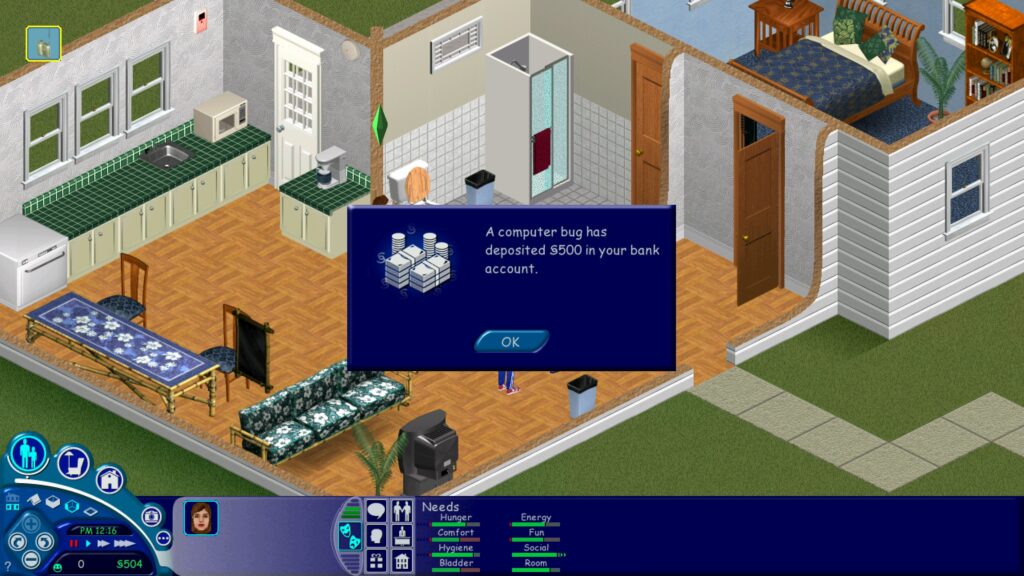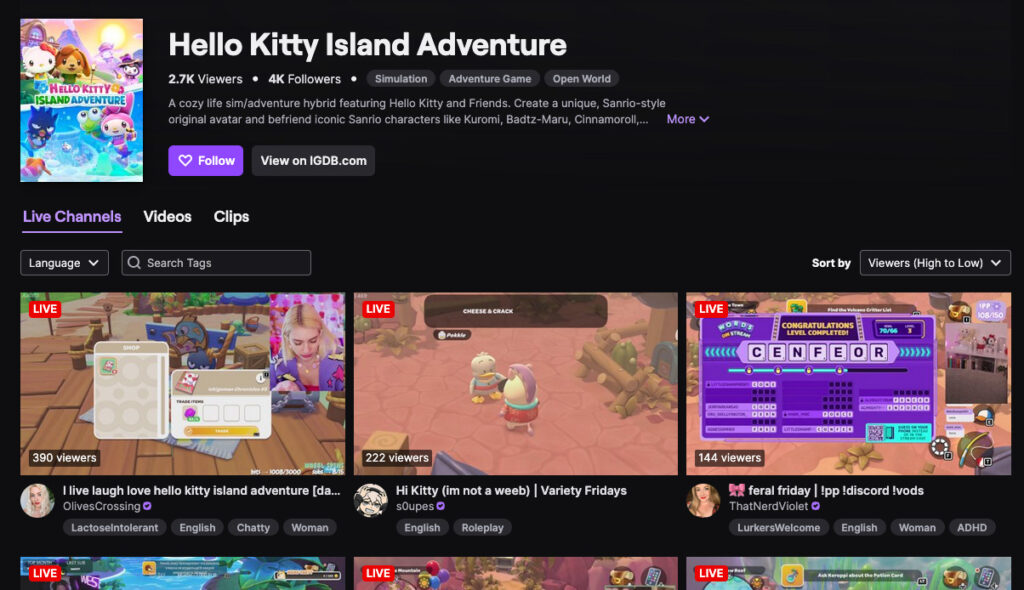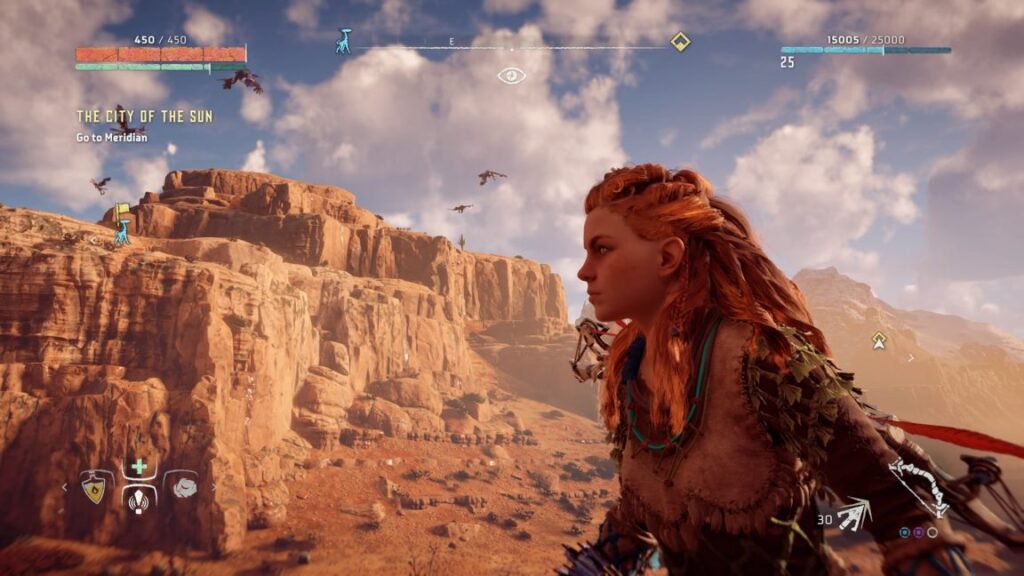Valve rejoins the VR hardware wars with standalone Steam Frame
Valve also tells Ars that streaming to the Steam Frame will be “as efficient as possible,” maximizing battery life from the included 21.6 Wh battery. “Standalone battery life will be much more variable, depending on the game and its settings,” Valve Engineer Jeremy Selan and Designer Lawrence Yang told Ars via email.
While a wired PC connection would go a long way toward addressing those battery-life and extra latency concerns, Valve said the Steam Frame won’t even support it as an option. “We’re focused on a robust wireless streaming experience, which is why we included a dedicated wireless adapter, have a dedicated radio on the headset just for streaming, and invented a new streaming technology to optimize the streaming experience (Foveated Streaming),” Selan and Yang told Ars.
A low-weight modular “core”
All told, the Steam Frame comes in at just 440 grams, a welcome and sizeable reduction from the 515 grams of the Quest 3. Interestingly, Valve’s spec sheet also specifically calls out the 185 gram “core” of the headset hardware, which comprises all the main components besides the battery, headstrap, and speakers (e.g., lenses, displays, motherboard, cooling, processor, RAM, tracking system, etc).
That core weight is important, Selan and Yang told Ars, because “it’s designed to be modular so one could imagine other headsets connecting to this core module that bring different features.” So tinkerers or third-party headset makers could theoretically build modified versions of the Steam Frame with lighter batteries or streamlined headstrap/speaker combos, for instance. The Steam Frame’s monochrome passthrough cameras can also be accessed via a front expansion port with a standardized Gen 4 PCIe interface, Valve said.
It’s an interesting potential direction for new hardware that will launch into a more niche, less irrationally exuberant VR market than Valve’s previous virtual reality headsets. But with companies like Apple and Meta pivoting toward augmented reality and/or mixed-reality hardware of late, it’s nice to see Valve continuing to cater to the small but dedicated market of gamers who are still interested in playing in fully immersive VR environments.
Valve rejoins the VR hardware wars with standalone Steam Frame Read More »

